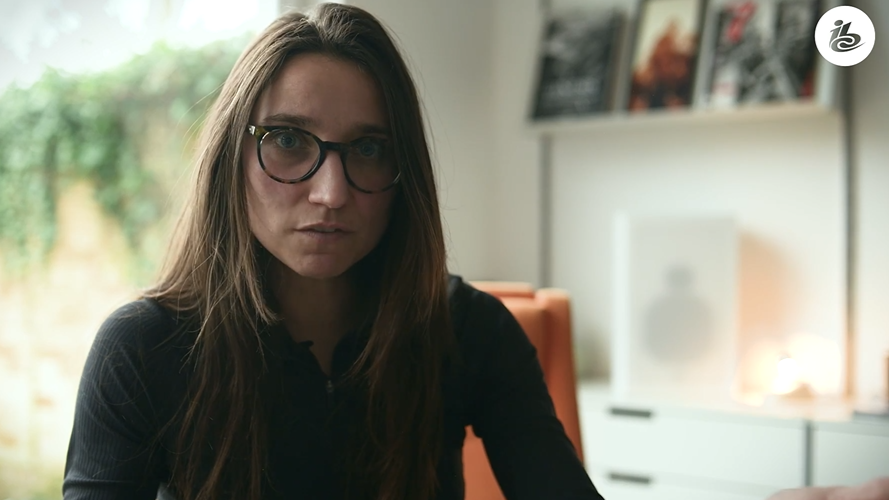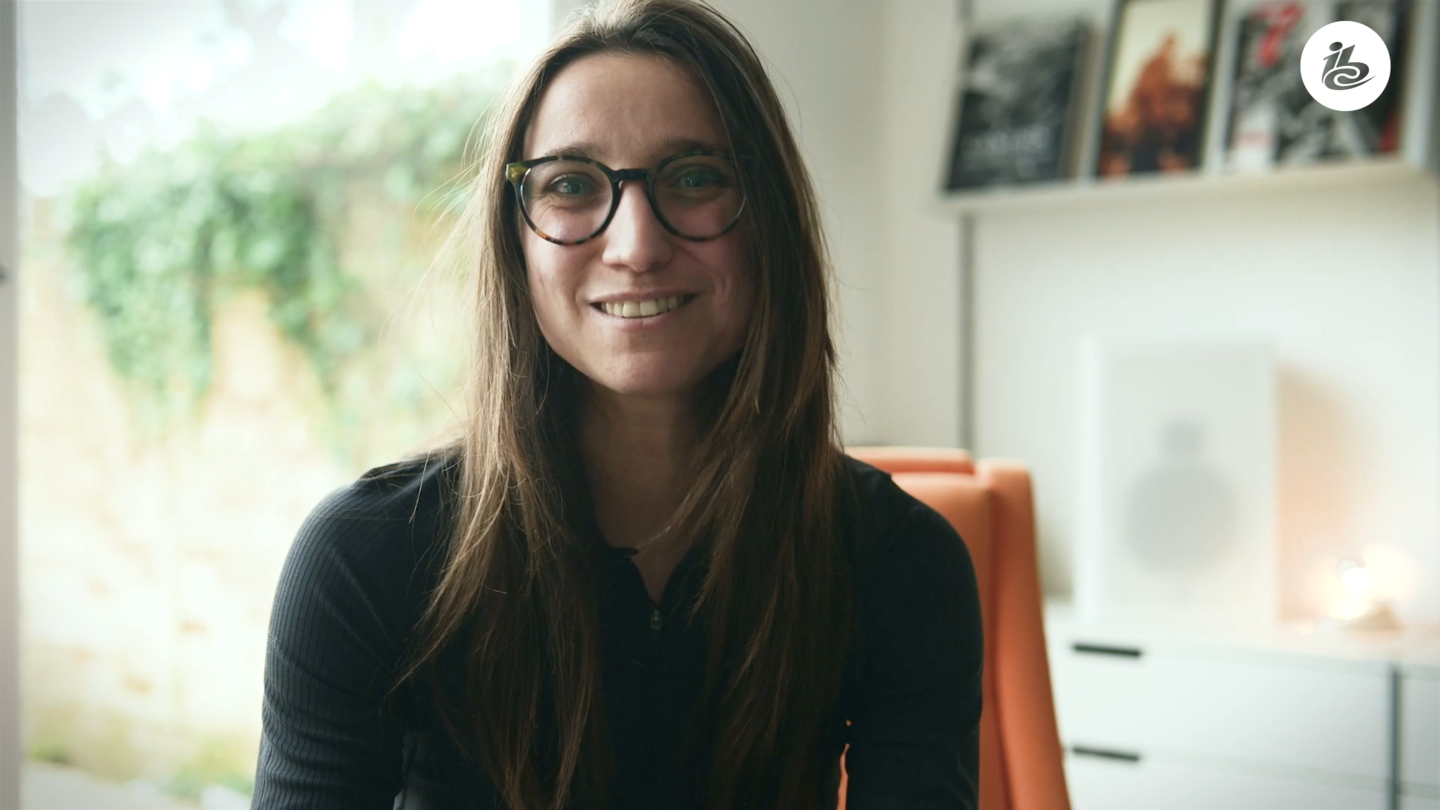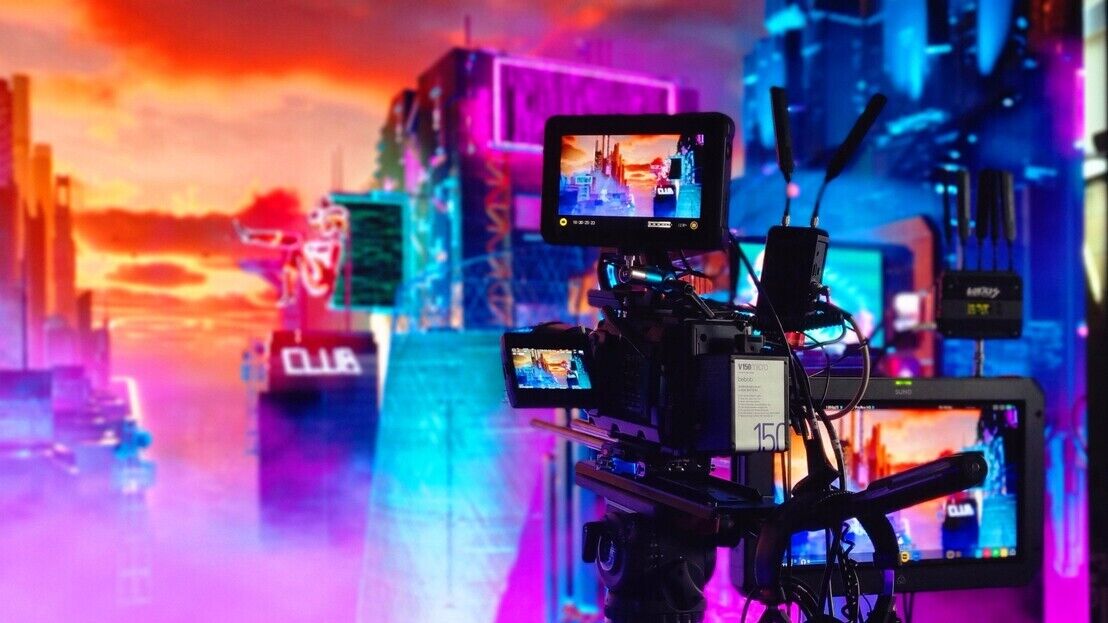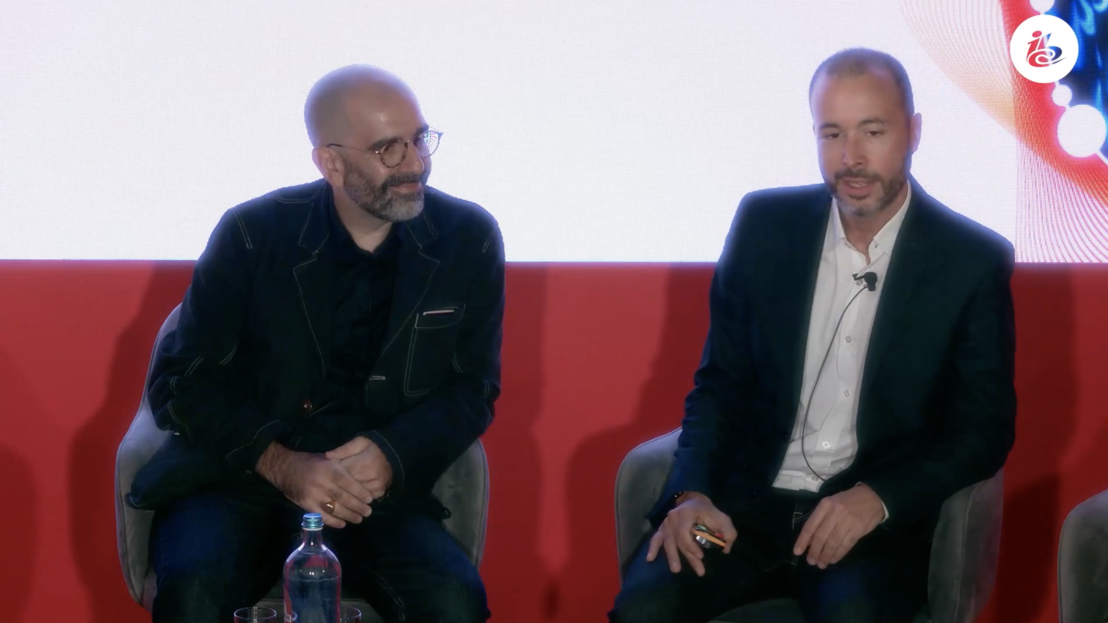Virtual production technology has reached a new level of sophistication and many productions are now being written with a Volume in mind. However, it is not right for all stories and some tech gremlins remain, writes Adrian Pennington.
LED volumes for the production of in-camera visual effects (ICVFX) are now a maturing technology, according to a post-IBC show report by Futuresource Consulting.
The report also concludes that virtual production (VP) and extended reality (XR) have gone past the “hype phase” of their development, with the performance of systems now being refined and the technology becoming accessible to more users.
A key factor in this is increased ease of use, with installations no longer reliant on a technical team with specific, specialised technical skills to operate the equipment. Manufacturers are now producing VP systems that are not as challenging to run, with software and firmware upgrades appearing on a regular basis to enhance the production of content on LED volumes...
You are not signed in
Only registered users can read the rest of this article.

Age diversity: What to do about an age-old problem?
In the era of the 100-year life, is it time for the M&E industry to revisit its relationship with age diversity? As mid-career challenges and skills shortages intensify, IBC365 investigates the professionals striving to give more, over longer periods of time.

MovieLabs: Creating an industry-aligned vision for the future of media creation
How MovieLabs is building on two decades of development in film and television to help guide the future of media creation.

CES 2026: “The ChatGPT moment for physical AI is nearly here”
Passive language-based text-to-video models are so last year. From the enterprise to the home to the creative suite, the future is multi-modal AI capable of massive three-dimensional world building and physical interaction.

Multi-camera live virtual production on a broadcast budget
German broadcaster SWR claims a world first live multi-camera virtual production with potential learnings for broadcasters everywhere.

M&E predictions and analysis: “It's going to be an exciting decade”
Four top media analysts reveal their data-backed assessments of 2025, as well as their predictions for 2026 and beyond.





